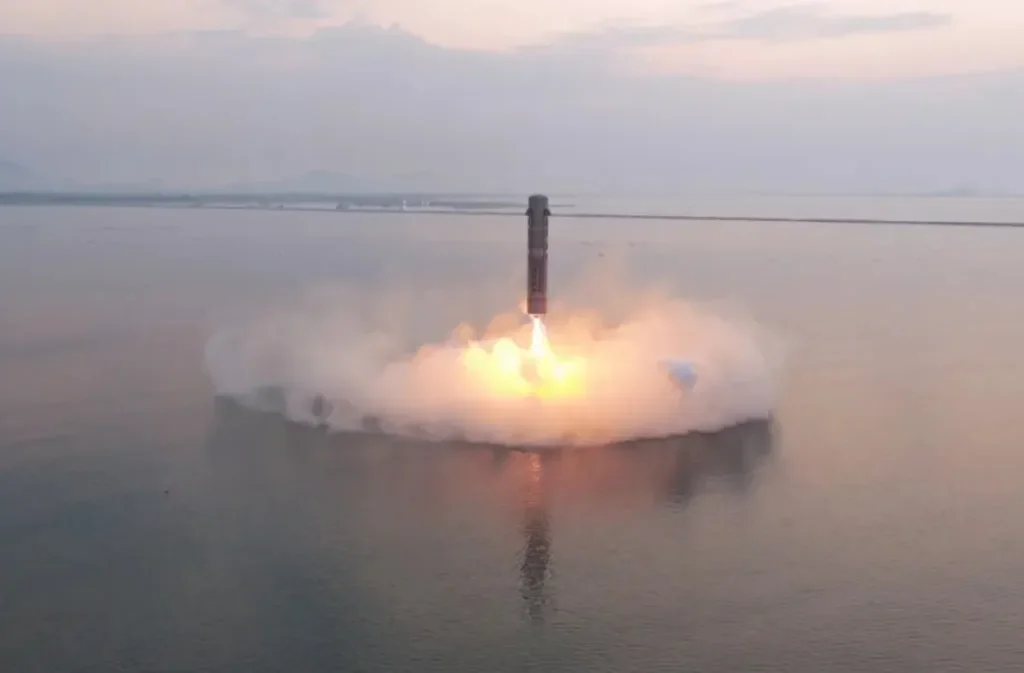Chinese commercial rocket firm Sepoch has successfully conducted a vertical takeoff and soft splashdown test of its Yuanxingzhe-1 (YXZ-1), a key milestone ahead of a potential orbital launch of the reusable vehicle later this year.
The verification rocket lifted off from an elevated platform at the Haiyang spaceport in Shandong province at 4:40 p.m. Eastern (2040 GMT) on May 28, Sepoch, officially known as Beijing Jianyuan Technology Co., said in a statement. The test vehicle, also called Hiker-1 in English, reached an altitude of around 2.5 kilometers during the 125-second flight before performing a controlled propulsive descent and splashdown into the sea.
“The test was a complete success,” the company said, noting the mission validated eight phases of flight: ignition and liftoff, full-thrust ascent, variable thrust control, engine shutdown, free descent, engine reignition, deceleration and hovering, and soft splashdown.
The rocket, built with thin-walled stainless steel, stands 26.8 meters tall, has a diameter of 4.2 meters, and a launch mass of about 57 tons. It is powered by Longyun methane-liquid oxygen engines developed by Jiuzhou Yunjian (JZYJ), a commercial propulsion firm that has supplied engines to other Chinese rocket developers.
Sepoch aims to use the Hiker-1 to deliver up to 10,000 kilograms of payload to low Earth orbit. The test lays groundwork for the rocket's first full flight later in 2025.
Founded in recent years, Sepoch has secured partnerships with satellite operator Shifang Xinglian to develop a medium Earth orbit satellite constellation, and with Alibaba's Taobao to explore rocket-based express logistics.
Hiker-1 is part of a growing list of reusable launch systems under development in China. Other contenders include Landspace's Zhuque-3, SAST's Long March 12A, Space Pioneer's Tianlong-3, iSpace's Hyperbola-3 and Galactic Energy's Pallas-1. SAST conducted a similar test in January, reportedly reaching an altitude of 75 kilometers, but has yet to confirm the results.
